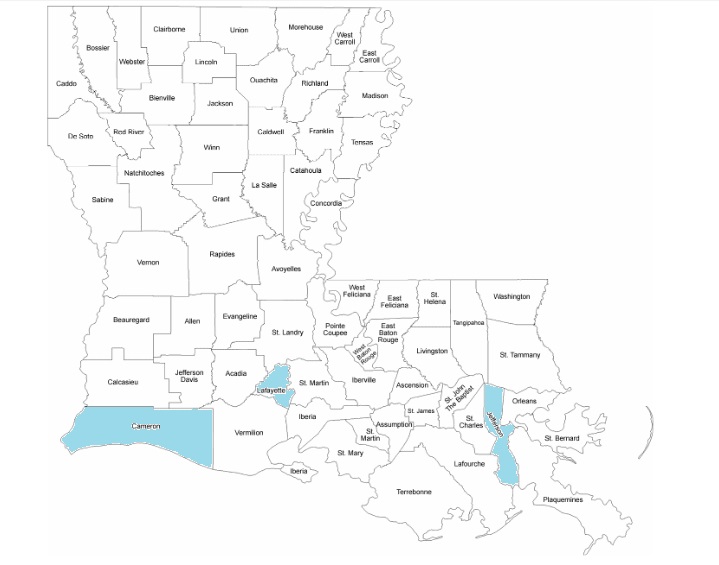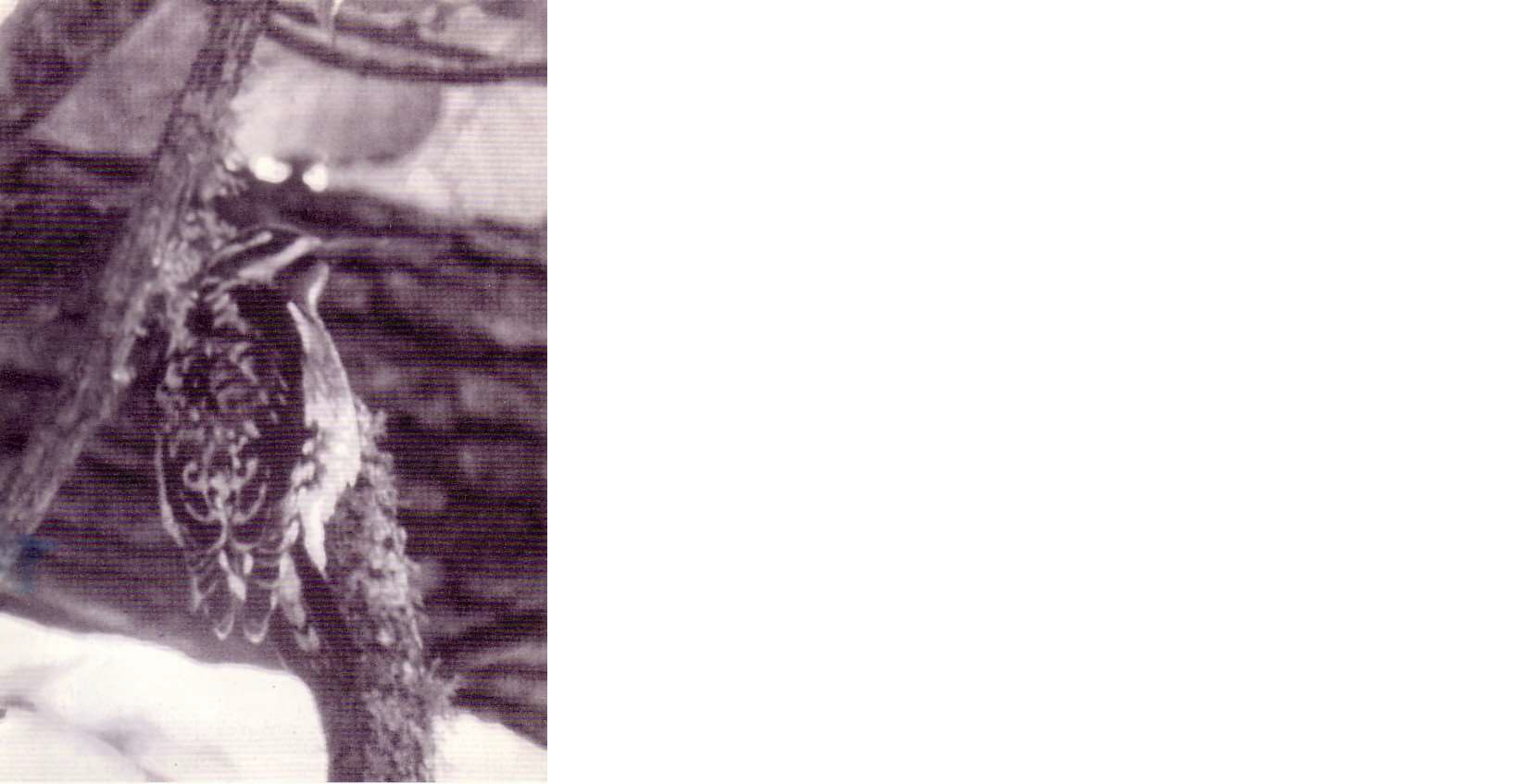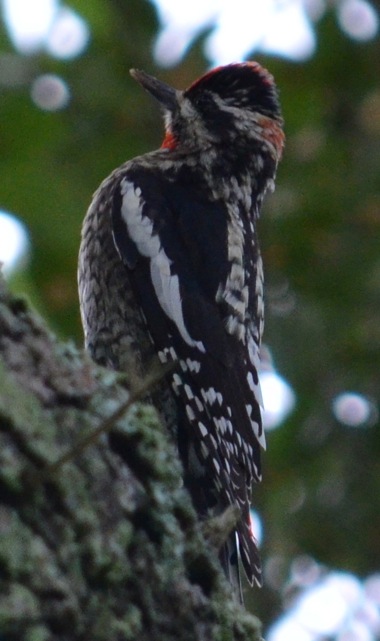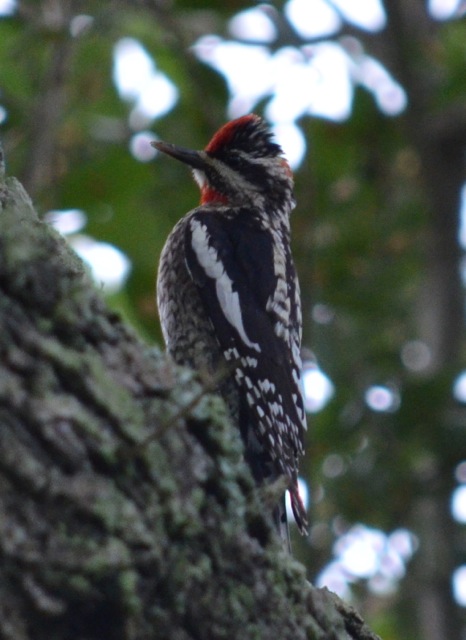



One adult male (1993-009) on 3-13
January 1993, Lafayette: Indian Bayou near
Dearborne Rd., N30.141667o, W92.20000o; Paul E.
Conover (video stills) and Dave
Patton.
This represents the second state
occurrence.

Video stills by Paul E.
Conover
One immature female in nearly full definitive plumage (1998-86) on 10 Oct 1998, Jefferson: Grand Isle, woods behind Sureway Supermarket; Phillip A. Wallace and Curtis C. Sorrells. Referred to as second state record in NAB53(1):64; it does represent the second accepted record, but two others prior to this date are still pending.
One female (2015-054) on 1 November 2015, Cameron: Johnsons Bayou, Peveto Woods Sanctuary;
Carrina Williams (ph) and
Paul E. Conover (ph). This represents the fourth accepted state occurrence. Additional material: Ryan Terrill (ph).


Photos by Carrina Williams
One male (2005-031) on 14 December 2005, Acadia: ca 5 mi. S Crowley near intersection of Arpent and Premier roads. Although photos support that this bird did have a red nape, other characters were consistent with Yellow-bellied Sapsucker or a hybrid. All but one Member voted not to accept citing serious identification issues presented by the complex and the existence of hybrids, which the observer did acknowledge. With the lack of photos to evaluate, Members could not confirm characters reported to eliminate a potential hybrid.
One adult (2006-069) on 15 October 2006, Caddo: Shreveport, Stoner Boat Launch on Red River. This record was submitted as a Red-naped or Yellow-bellied X Red-naped sapsucker. Members did not accept as a Red-naped based on the described characters. Notably, the observer did not observe the face pattern to rule out a pure or hybrid Yellow-bellied Sapsucker; both may have red in the nape.
One adult male (2016-054) on 31 January and 8 February 2016, Caldwell: Columbia, Big Branch Rd., approximately 1.6 mi. from Beouf WMA (ph). This report received a split vote following the second circulation. Five Members ultimately tipped the scales against acceptance citing the following characters they believed better suggested an intergrade rather than a pure Red-naped: relatively broad white facial stripes including white postocular stripe that merges from both sides onto the red nape, red nape not solid, inadequate red bleed-in from the red throat to the black mustache stripe, and broader than typical white back patterning.
One adult male (1994-015) on 22 February-5 March 1994, Lafayette: Lafayette, Acadiana Park (ph). Members agreed that the observer provided excellent documentation. However, the bird possessed what was interpreted by a majority of Members to be a conflicting combination of characters that suggested a hybrid Yellow-bellied X Red-naped rather than a pure Red-naped. Facial stripes were intermediate, and the black border to the red throat was ambiguous with regard to the amount of �bleed in� of red depending on angle/lighting. The back pattern was more typical of a Yellow-bellied. Also, the red nape patch was fairly large but seemed atypical in being more of a centered and vertical patch versus a thinner horizontal patch. The post-ocular stripes were also fairly prominent and connected strongly across the nape, another character better Yellow-bellied.